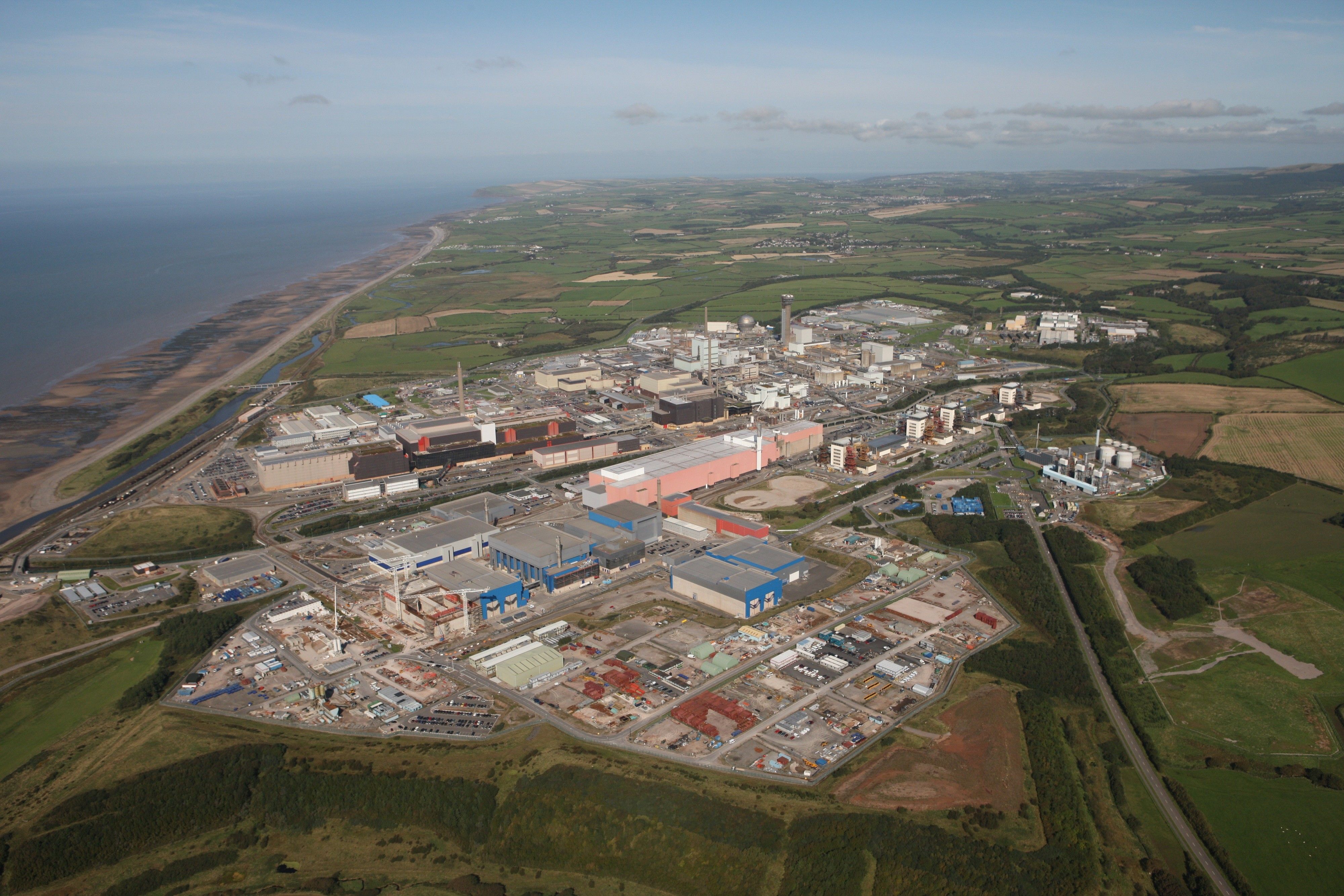Building a predictive maintenance proof of concept for a nuclear waste processing plant.
Predictive Maintenance | Data Engineering | Machine Learning | Nuclear Decommissioning
Sellafield is one of the largest industrial facilities in Europe and is responsible for safely processing and storing the UK’s nuclear waste inventory. It is a large complex site comprising over 500 individual facilities dating from the 1950’s up to the present day. As such, the site has a diverse mix of technology which is largely independent from facility to facility. Efforts are being made to modernise the site through the adoption of contemporary technology including robotics and artificial intelligence. Due to the large amount of process plant, there is particular interest in increasing the reliability of these facilities through the adoption of predictive maintenance. Ada Mode worked with Sellafield to develop a predictive maintenance proof of concept with a view to establishing a site-wide capability in the medium term.
Due to the range of different processing plant across the site, it was important that the proof of concept could represent a typical facility as broadly as possible. The candidate facility also had to meet a number of key pre-requisites concerning data availability, labelled downtime events and good stakeholder engagement. Ada Mode selected the Waste Vitrification Plant (WVP) as the basis for PoC development due its high strategic value, good data availability and recent outage history. WVP is responsible for processing the highly active liquor (HAL) waste into a vitrified glass product that is easier and safer to handle and store. HAL represents a significant hazard at Sellafield and processing it into its glass form is one of Sellafield’s highest priorities. The higher the unavailability of WVP, the longer it will take to fully process the HAL stock.
Ada Mode worked with WVP engineers to identify a number of WVP failure modes that would form the basis of the predictive maintenance model development. The aim was to be able to raise an alert to WVP operatives, ahead of line blockages or failure events, such that proactive maintenance could be undertaken to prevent the downtime event manifesting. By applying a range of data processing and machine learning techniques – principally anomaly detection and dynamic time warping – Ada Mode was able to successfully predict critical downtime events in sufficient time to enable intervention. The model outputs were integrated into a simple dashboard to represent longer-term system integration.
It was shown that the adoption of a predictive maintenance capability on WVP would significantly increase plant availability and dramatically increase the rate of HAL throughput - representing a substantial reduction in risk for the Sellafield site.
Having proved the concept on WVP, Ada Mode is now working to develop a broader predictive maintenance capability for Sellafield.



